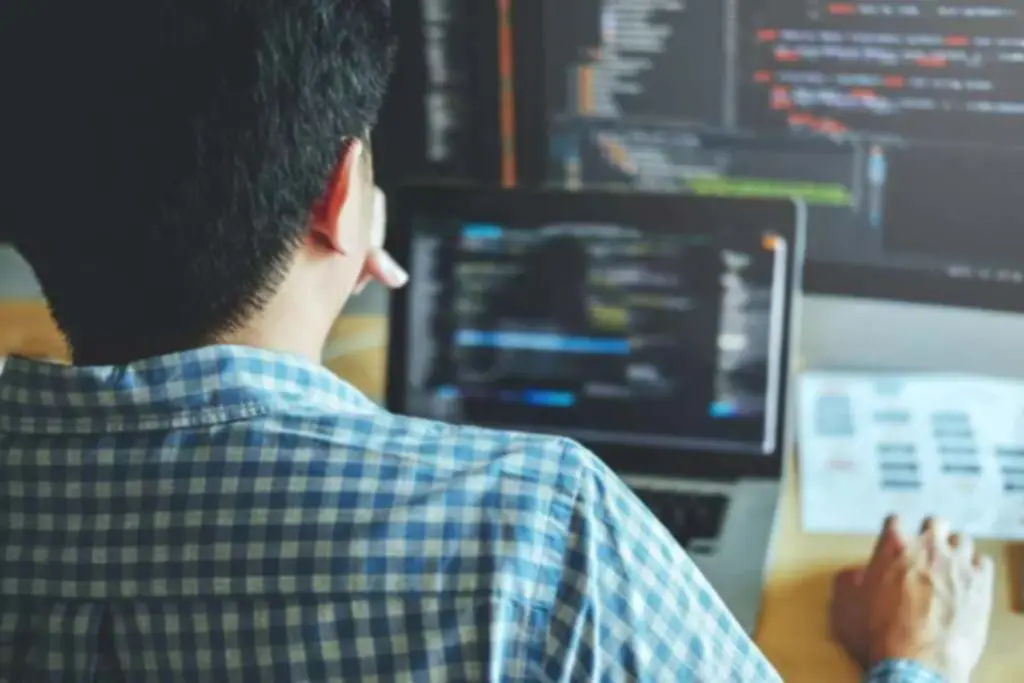The Disadvantages Of Artificial Intelligence: Challenges And Limitations In The Digital Age
Разбираемся, На Чём Делают Игры: Обзор Thirteen Лучших Движков Для Геймдева Хабр
4 agosto, 2025O impacto da inteligência artificial nas operações do cassino
5 agosto, 2025Soft computing was launched within the late 1980s and most profitable AI applications in the 21st century are examples of soppy computing with neural networks. AI models are sometimes trained on global knowledge sets, which may not align with local cultural nuances, languages, or educating values. This turns into problematic in India’s multicultural panorama, the place the educational needs and kinds differ throughout regions and communities.
One of the restrictions of synthetic intelligence is its inability to experience subjective phenomena. Whereas AI has been designed to imitate human intelligence, the fact is that it lacks the capability to really perceive the world outside of its programmed parameters. Synthetic intelligence (AI) has made important developments in lots of areas, such as image recognition and natural language processing.

The Most Recent Work From The Sei: Counter Ai, Coordinated Vulnerability Disclosure, And Synthetic Intelligence Engineering
A key query is tips on how to obtain this type of integration when expertise is a scarce resource. One of the teachings of cyber purple teaming is that it’s better to integrate security expertise into improvement teams—even on a part-time or rotating basis—than to mandate attention to safety points. Research recommend that this may be effective when there are cross-team security experts instantly collaborating with growth groups.

Future Prospects: Overcoming The Hard Limits Of Ai
- For instance, an AI chatbot educated predominantly on Western literature may not understand regional references, idioms, and even curriculum-specific content material.
- One concern with replacing human interaction with synthetic intelligence is the issue of understanding context.
- One prime example we can discuss of as an adversarial assault is the modification of a avenue signal.
- Liability is a altering landscape for cybersecurity and, we are able to expect, additionally for AI.
Surrogates can include degree of adherence to engineering finest practices, cautious training strategies, tests and analyses, choices of instruments, and so forth. Importantly, these engineering methods embody growth and analysis of architecture and design patterns that allow creation of extra reliable techniques from much less trustworthy components. Cyber threat modeling is unlike traditional probabilistic actuarial threat modeling. This is primarily as a outcome of usually nonstochastic nature of every of the three dimensions, particularly when threats and missions are consequential. Threat, for instance, is driven by the operational significance of the system and its workflow, in addition to potential adversary intents and the state of their knowledge.
In the military context, a typical approach is to make use of red teams in a capstone training engagement to simulate highly succesful adversaries. In the context of cyber risks or AI dangers, nevertheless, red groups will usually engage throughout a system lifecycle, from preliminary mission scoping, concept exploration, and architectural design via to engineering, operations, and evolution. Fashionable synthetic intelligence (AI) systems pose new kinds of risks, and a lot of artificial intelligence limitations of these are both consequential and never well understood. This is creating nice urgency to develop effective test and analysis (T&E) practices for AI-based techniques.

Therefore, the data we’ve got and that’s collected about these environments is far, much, much greater. It turns into very, very important to suppose via what might be the inherent biases in the knowledge, in any direction. The excellent news, though, is that we’re starting to make progress on a few of these issues.
Nevertheless, in many cases, related knowledge could also be scarce, incomplete, or biased, hindering the efficiency and generalization capabilities of AI methods. The big technical question is how soon and how thoroughly AI engineers can address the present Achilles’ heel of deep learning – what might be known as generalized exhausting reasoning, issues like deductive logic. Will fast AI Agents tweaks to existing neural-net algorithms be adequate, or will it require a essentially different strategy, as neuroscientist Gary Marcus suggests?
AI could possibly simulate certain features of subjective experiences, nevertheless it falls brief in really comprehending them. Whereas AI can analyze patterns and predict human conduct to a sure extent, it can not fully grasp the richness of subjective experiences that make us human. Consciousness, in this context, refers to the state of consciousness and self-awareness that humans possess.
One of the largest challenges confronted by artificial intelligence (AI) is simulating human consciousness. While AI has made significant progress in many areas, the concept of consciousness remains elusive and tough to replicate. However, we must https://www.globalcloudteam.com/ also contemplate the ethical implications and potential dangers of relying too closely on AI for artistic and intuitive tasks.
Regardless Of significant developments in machine studying and neural networks, AI falls brief in phrases of generating really unique and artistic content. Whereas AI provides quite a few benefits, similar to increased effectivity and data analysis capabilities, it’s essential to steadiness these advantages with an understanding of its limitations. For occasion, in healthcare, the limitations of artificial intelligence in healthcare embody challenges in disease analysis and treatment suggestions, the place human oversight remains critical. Equally, in schooling, the constraints of synthetic intelligence in education can result in a disadvantage of synthetic intelligence in schooling, similar to reduced private interaction and the chance of biased studying supplies. These embrace technical faults, moral considerations, and sensible problems corresponding to bias in training data, lack of creativity, poor understanding of context, and reliance on human input and supervision. Regardless Of advances, AI nonetheless struggles with common sense, summary thinking, and judgment, areas where people outperform machines.
